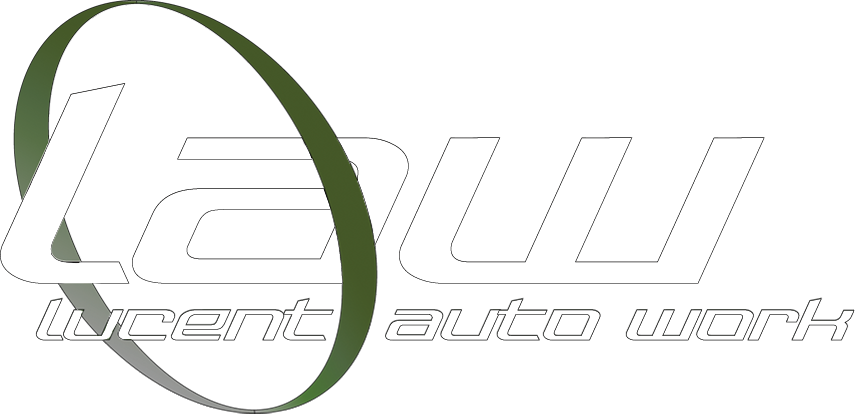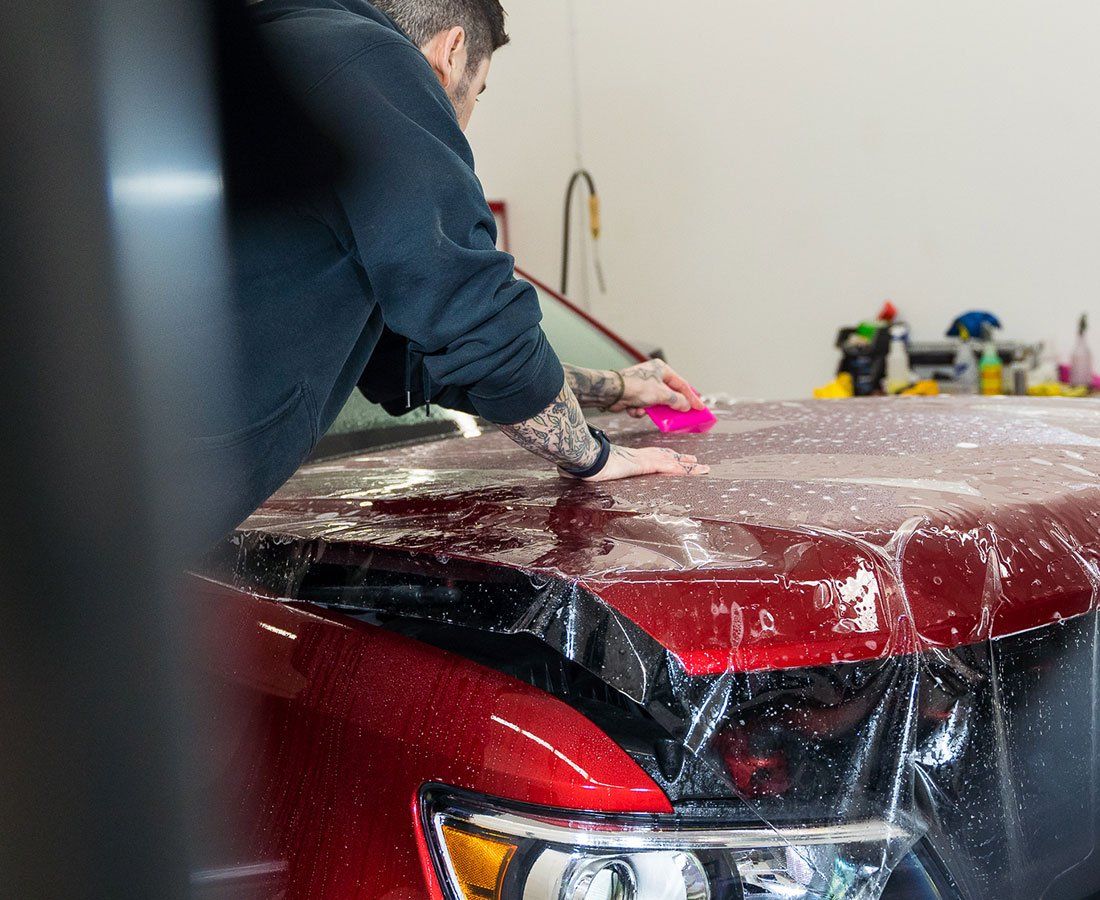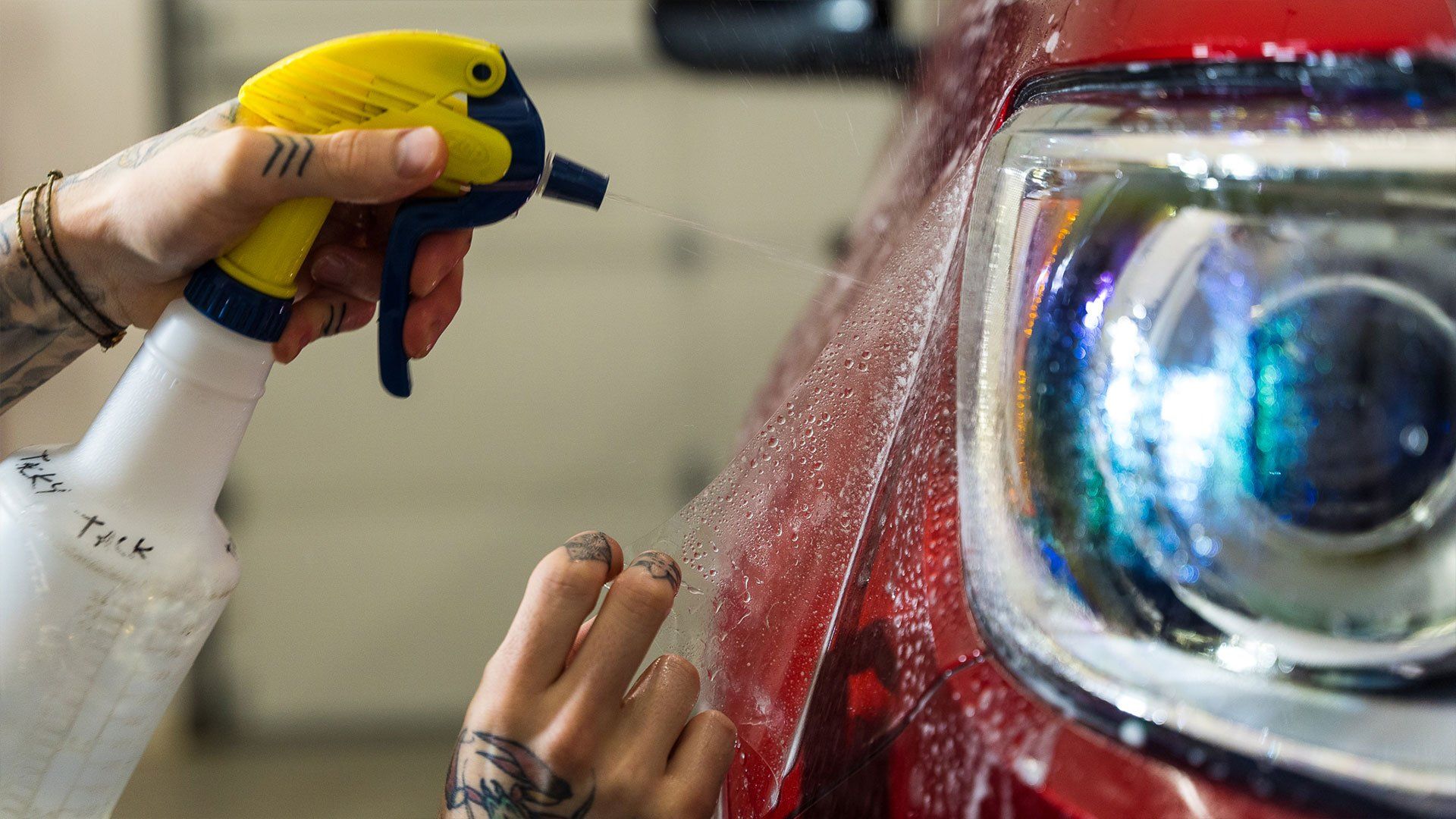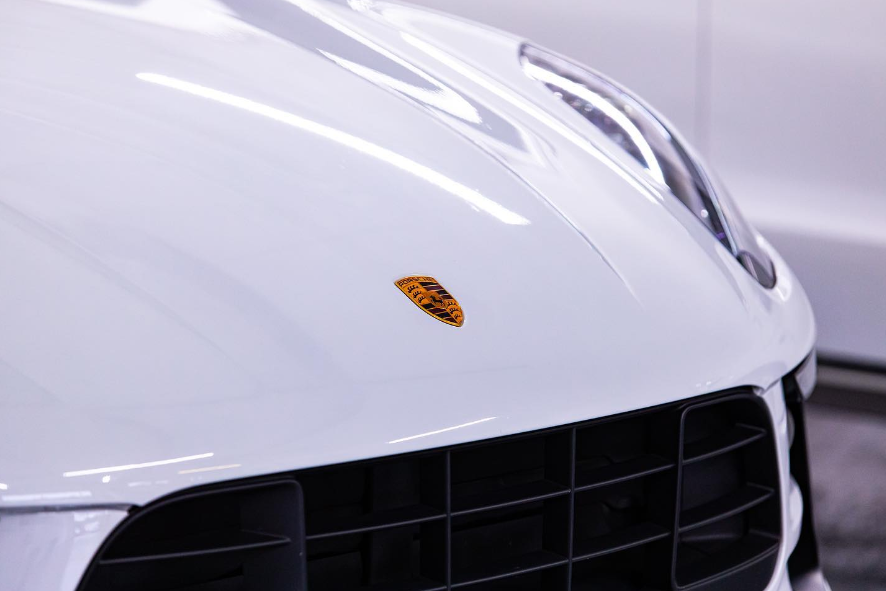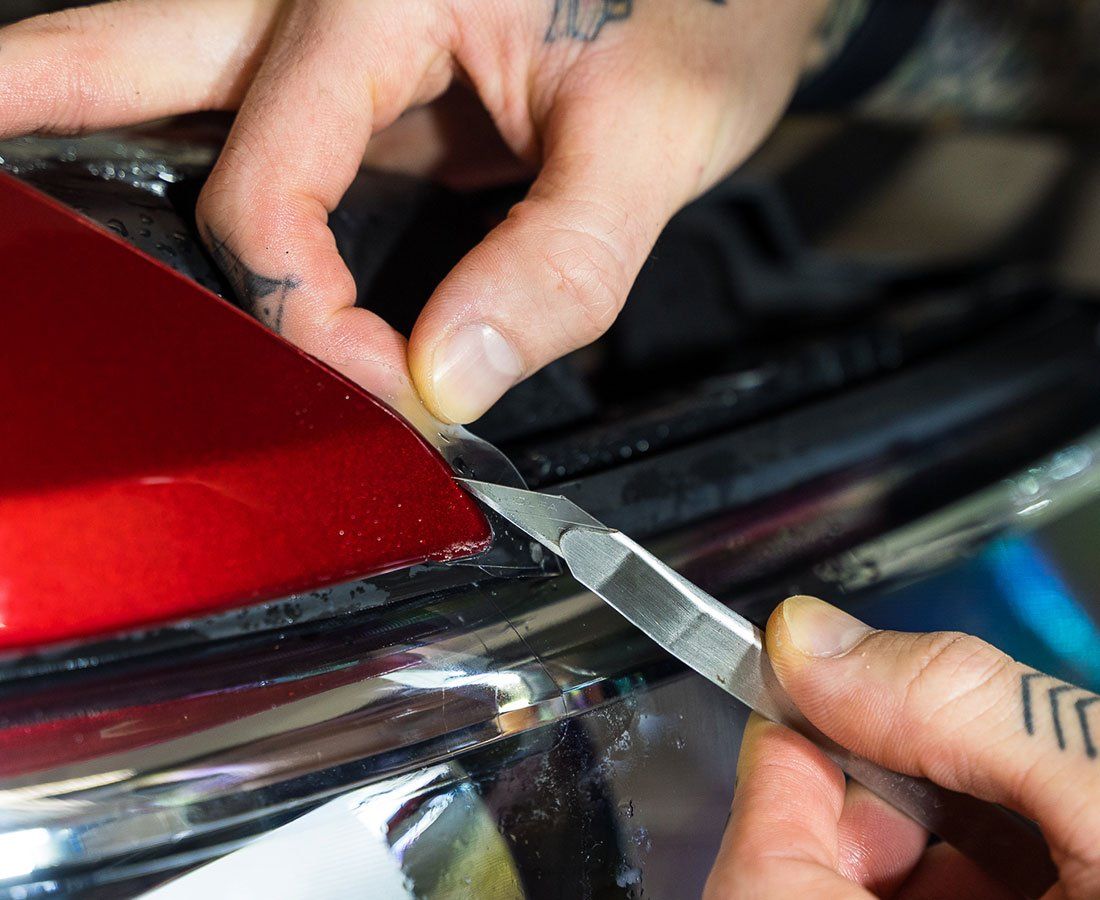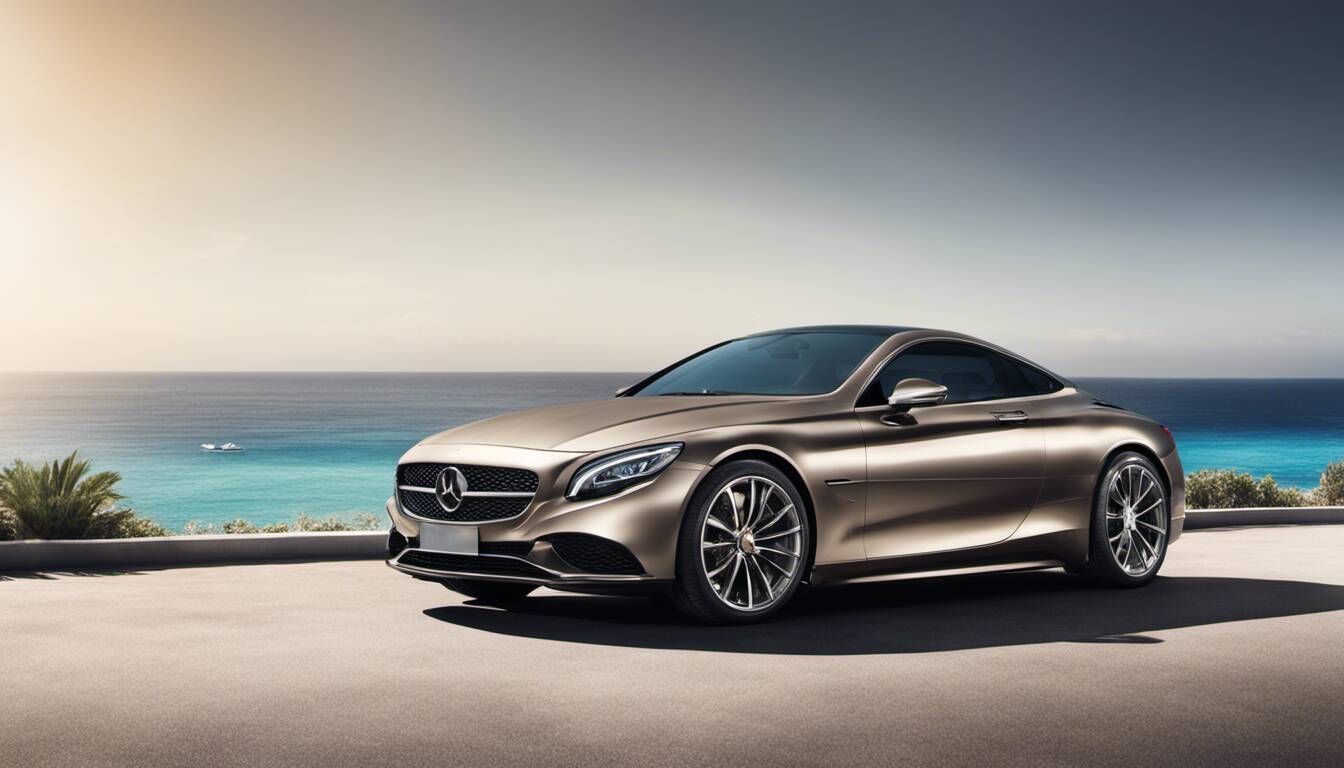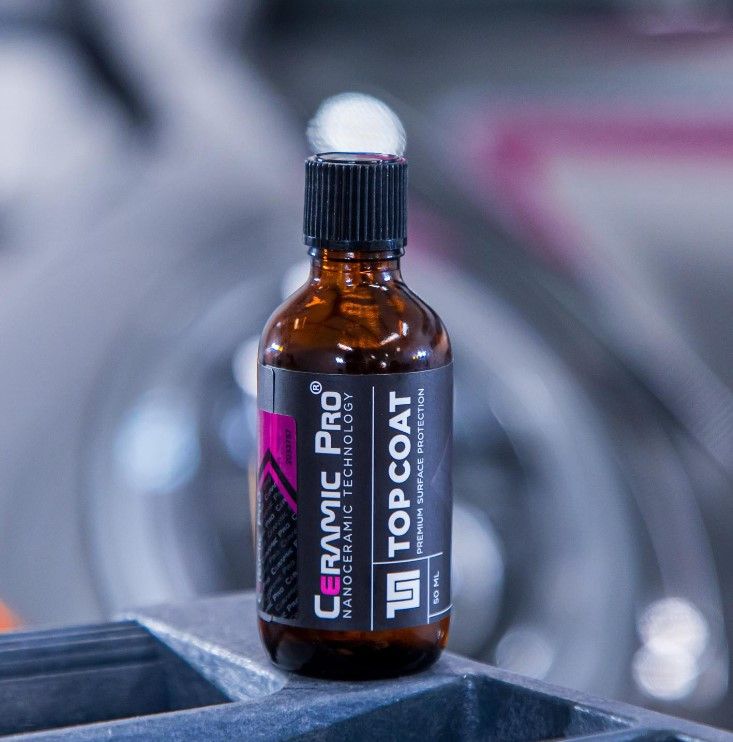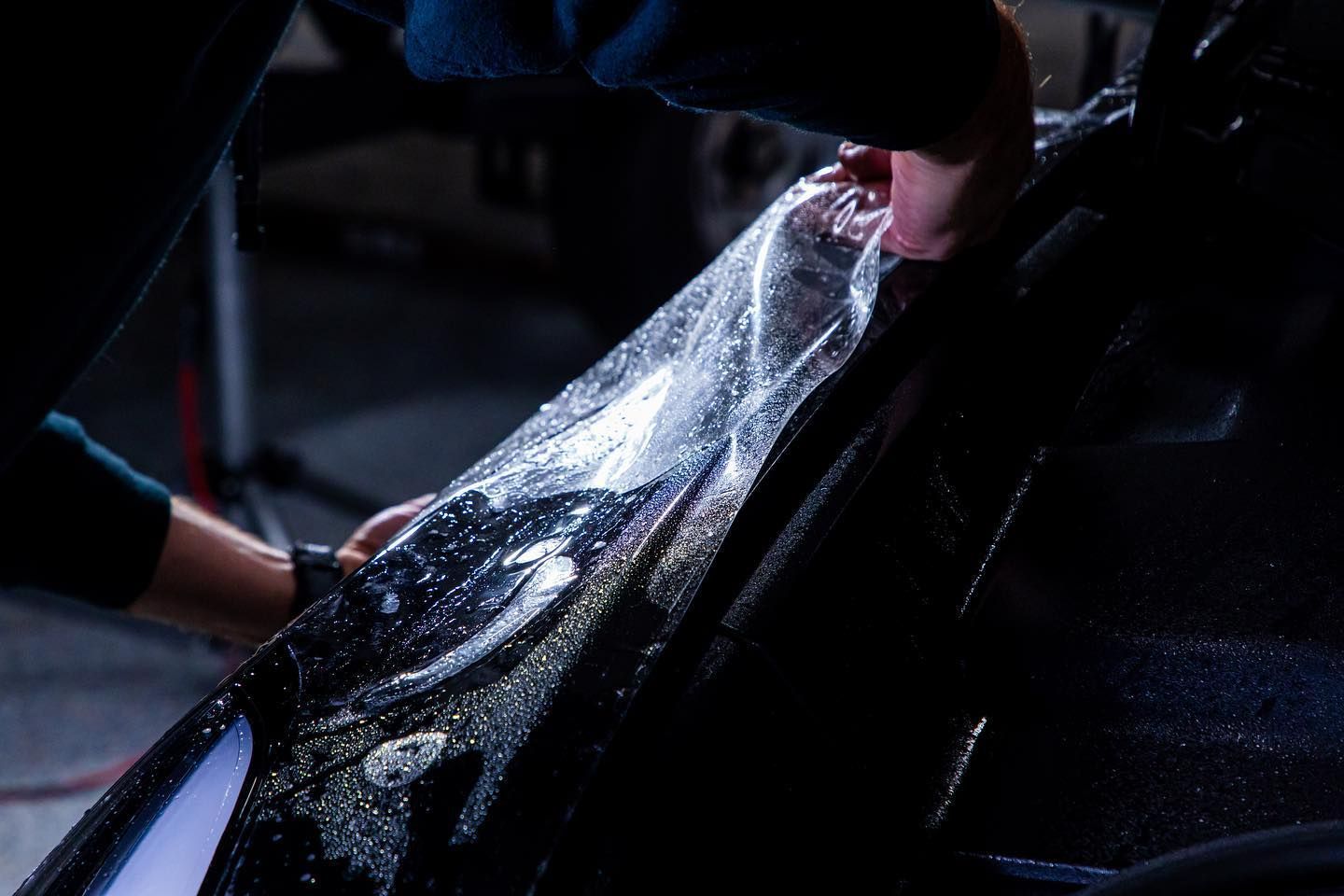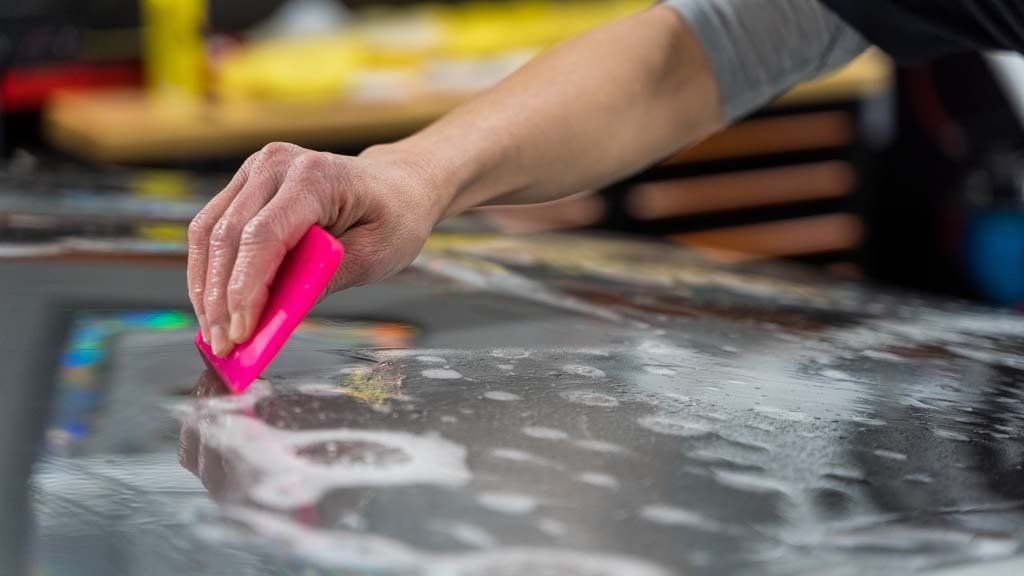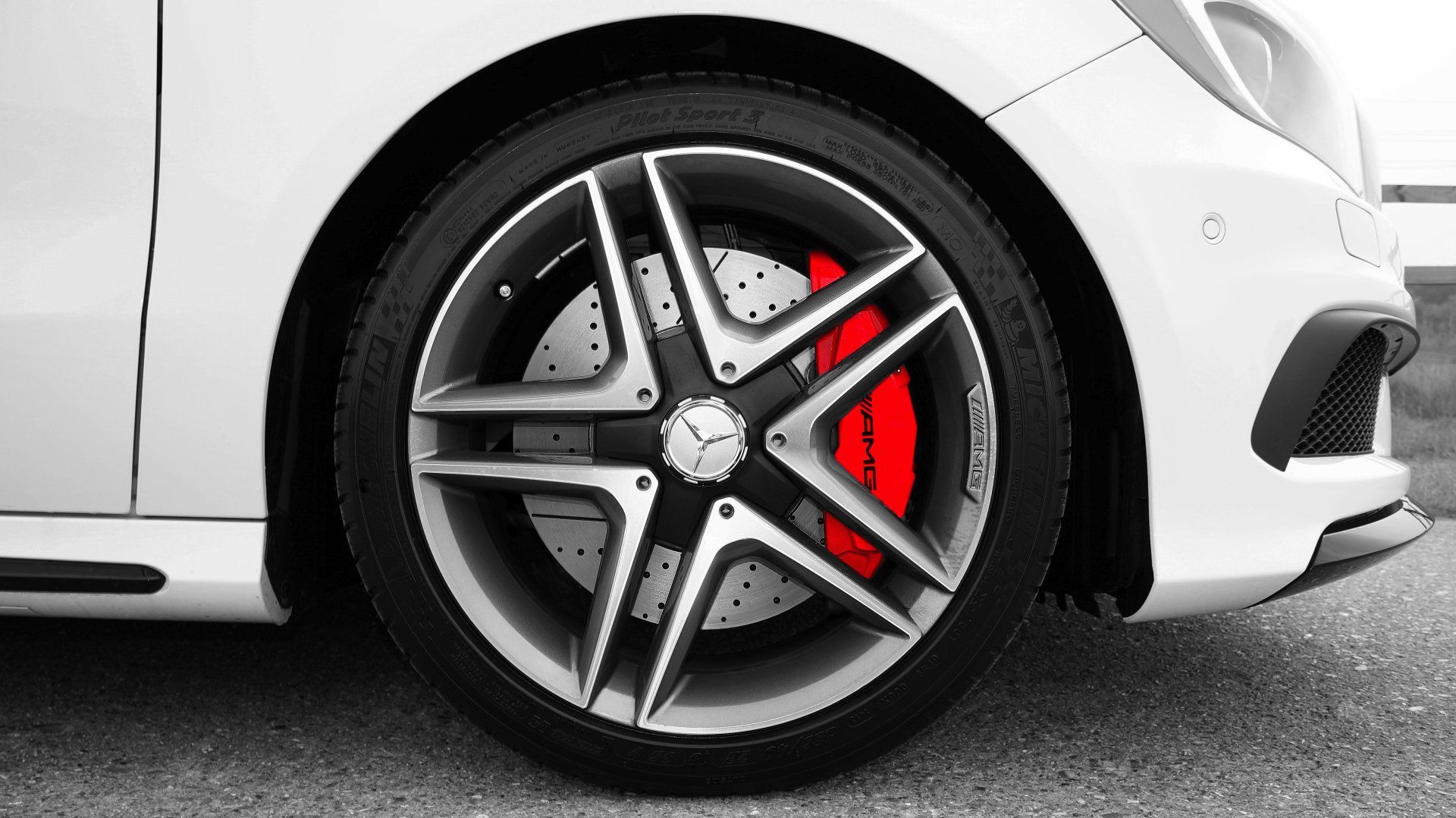Paint Protection: A Modern Solution for Everyday Wear and Tear
CALL (253) 533-6776Driving down a scenic route with your newly purchased car should be pure joy, yet concerns about scratches from loose gravel or unexpected dings can cast a shadow over the experience. Paint Protection Film (PPF) offers an effective solution to these common worries, ensuring that your vehicle remains as flawless as the day you drove it off the lot.
Imagine spending weekends exploring open roads without anxiety over potential paint damage. From enhancing your car's glossy finish to acting as a barrier against environmental hazards, we've dug deep into the benefits and various types of PPF available today. Additionally, practical advice on maintenance and insights into cost-efficiency reveal why this modern solution is worth considering for protecting your automotive investment.
Paint Protection Film (PPF) serves as a modern solution to protect vehicles against scratches, chips, and other forms of wear and tear caused by road debris and environmental factors. Its transparent and durable material not only preserves the vehicle's aesthetic appeal but also enhances resale value by preventing damage to the original paintwork.
Benefits of Paint Protection Film
One of the standout advantages of Paint Protection Film (PPF) is its ability to significantly enhance the vehicle's appearance. This isn’t just about aesthetics; it's about maintaining that showroom finish for a longer time. PPF acts as a barrier against minor abrasions, swirl marks, and superficial scratches that can accumulate over time. Imagine driving your car off the lot and preserving that glossy look for years to come! Many users share anecdotes—like one who reported their vehicle still looked pristine three years after applying PPF, despite navigating heavy traffic and rough highways. Such stories highlight the film’s efficacy in keeping a car's paintwork dazzling.
Moving beyond aesthetics, another critical aspect to consider is how PPF offers robust protection from environmental hazards.
Each day on the road presents numerous threats to your vehicle's exterior—from flying debris to unyielding road salt and gravel. According to statistics shared by the National Highway Traffic Safety Administration, over 800 crashes tied to road debris occur in the U.S. annually. These incidents often result in chipped paint and unsightly scratches. Here’s where PPF steps up—it acts like armor, absorbing impacts before they reach your car’s paintwork. By taking the brunt of this wear and tear, PPF not only preserves your car’s finish but also helps maintain its resale value over time.
Furthermore, PPF is engineered with attributes that address another common concern: UV damage.
High-quality PPF products are often infused with UV-resistant materials designed to thwart fading due to prolonged sun exposure. Think about those sunny summer drives or weekend adventures when you park under blazing sunlight—your car's paint can suffer greatly without adequate protection.
Installation Process
Step-by-Step Guide to Installation:
Installing paint protection film (PPF) is not just a matter of slapping on a layer of plastic; it requires meticulous preparation and precision. First and foremost, surface preparation is crucial. Thoroughly cleaning your car’s surface is imperative, as any dust, grease, or contaminants can compromise the adhesion of the film. Imagine trying to paint a wall without cleaning it first—similarly, PPF won’t adhere correctly to a dirty surface.
For an extra layer of assurance, consider using a clay bar treatment which effectively removes embedded dirt and leaves the surface smooth.
Once the car’s exterior is spotless, the next step involves precise measuring and cutting.
Measuring and Cutting:
With a clean surface prepped for application, the next phase begins: measuring and cutting the PPF. It’s advisable to use a pre-cut film template specifically designed for your car model, as this simplifies the process dramatically. If you're cutting the film yourself, accurate measurements are crucial. Take your time; it’s better to measure twice than to cut incorrectly. Gather all necessary tools beforehand—squeegees, spray bottles filled with soap solution, and a heat gun should all be within reach to streamline your workflow.
After ensuring you have everything you need, you can move on to the most rewarding part: applying the film itself.
Applying the Film:
Start by spraying the application area with a soap-water solution; this allows for easier repositioning of the film during application. Lay the film onto your vehicle's surface gently, starting from one end and slowly working your way across to avoid air traps. As you apply the film, keep it taut yet flexible to prevent creases. Consider this akin to placing a delicate piece of art—gentle touches yield optimal results.
Post-application care is equally important after laying down the film.
Smoothing Out Bubbles:
Once you've positioned the PPF, it’s now time to smooth out any bubbles or wrinkles that might have formed. Using a squeegee, work from the center outward in smooth motions; this pushes out trapped air while ensuring uniform adhesion. For any stubborn bubbles that refuse to budge, apply gentle heat with a heat gun—this helps soften the film and allows it to conform seamlessly to curves and edges.
Through these meticulous steps in installation, you can enjoy your vehicle's refreshed look while extending its lifespan against harmful elements. Regular maintenance will help uphold those benefits over time.
Following these installation steps will provide you confidence in protecting your investment—and as with any project, understanding whether to seek professional help or tackle this task on your own can impact your experience significantly.
How PPF Shields Your Vehicle
When it comes to protecting your vehicle's paint, Paint Protection Film (PPF) is the modern solution that offers unbeatable defense against everyday wear and tear. PPF acts as an invisible shield, guarding your car's exterior from scratches, chips, and other forms of damage. Let's explore how this innovative technology works to shield your beloved vehicle.
PPF not only safeguards against minor incidents like stray shopping carts but also offers protection against more significant hazards on the road. For example, imagine driving down a gravel road with tiny stones being thrown up by passing vehicles. Without PPF, these stones could chip or scratch your car's paintwork. However, with PPF installed on vulnerable areas such as bumpers and fenders, you can drive with confidence knowing these potential damages are minimized. PPF acts as a barrier that absorbs much of the impact while keeping your paint pristine.
Maintenance and Longevity
Proper maintenance is crucial for maximizing the longevity of PPF, which acts as a protective barrier against elements and road debris. By integrating simple cleaning practices into your routine, you can maintain not only the aesthetic appeal of your vehicle but also the integrity of the film itself.
Cleaning and Care:
Start with proper washing techniques. It's recommended to wash your car regularly, ideally, every one to two weeks, using a pH-neutral soap that will be gentle on the PPF. This ensures that any dirt and grime is removed without causing damage. Steer clear of automatic car washes that employ harsh brushes, as these can inadvertently scratch or peel the edges of the film. A soft microfiber cloth or a sponge will do wonders in preserving both the film and your vehicle's finish.
Regular Washing:
Consider how environmental factors come into play. If your vehicle spends a lot of time outdoors or in harsh weather—whether under intense sun, rain, or snow—it’s paramount to stay on top of cleaning. Each season brings its own set of contaminants, from road salt in winter to pollen in spring, all of which can affect the lifespan of your PPF if neglected.
Spot Treatment:
For particularly stubborn stains like bird droppings or tree sap, it's vital to act quickly. Using a mild solvent or isopropyl alcohol diluted with water can effectively break down tougher residues. Gently dab the affected area; avoid scrubbing aggressively to prevent damaging the film. This approach ensures unwanted substances are removed without risking scratches or cracks.
Inspection and Upkeep:
Regular inspections are just as important as cleaning. Make it a habit to thoroughly inspect the film for signs of lifting, bubbling, or yellowing at least once every few months. Detecting small issues early can save you from more costly repairs later on. If you run into areas needing attention, addressing them promptly—whether through resealing or professional assistance—is crucial for maintaining protective functionality.
Longevity:
When properly cared for, high-quality PPF can last between 5 to 10 years depending on both the type of film used and environmental conditions faced daily. Factors like UV exposure, extreme temperatures, and even pollution can significantly impact its durability. However, regular maintenance can extend its lifespan, ensuring that your investment pays off long-term by keeping your vehicle looking pristine for years to come.
With diligent care and maintenance efforts established in your routine, you’ll protect your vehicle’s appearance while enhancing the effectiveness of Paint Protection Film over time. As we shift focus now, it's essential to consider how these protective measures align with the financial aspects associated with them.
For further insights and purchasing details, visit our site at Lucent Auto Work or call us at (253) 533-6776. By choosing quality PPF, you're taking a significant step to not only protect your investment but also enhance the longevity of your vehicle's appearance.
